Ancient Athens and Rome
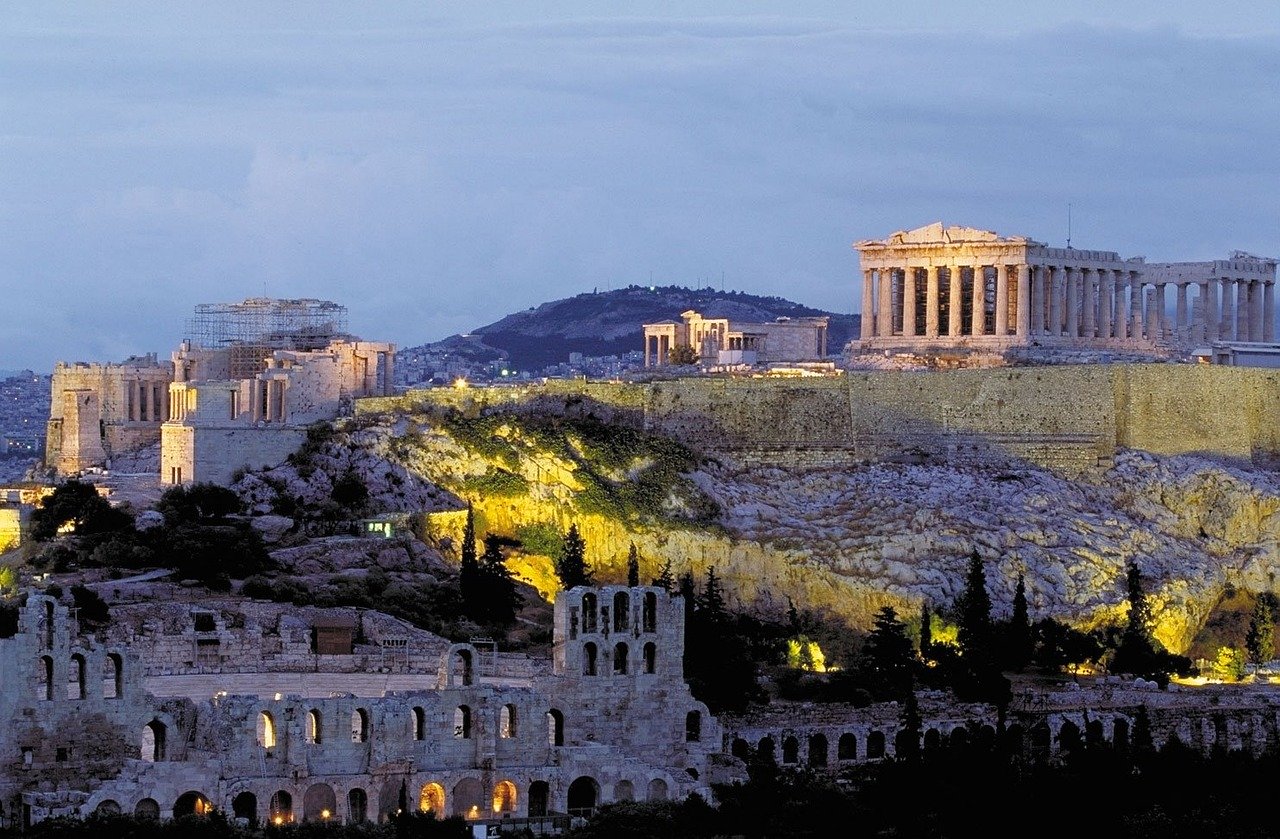
Ancient Athens and Rome gave to the world their unique cultural assets that give an understanding of the past, enrich the present and be of value to future generations.
The cultural assets of ancient Athens and Rome manifested into Europe's Western Civilization - one of the continent's greatest Global Assets.
Athens is the birthplace of Classical Civilization's intellectual and artistic ideas that have become foundations of western thought and culture.
Literature, art, architecture, philosophy, medicine, law, mathematics and democracy all had their western birth in ancient Greece.
Athens is the oldest capital of Europe with a legacy that has been moulded over 5,000 years (3,000 BC).
The name of Athens is connected to its patron, Athena - the goddess of wisdom, courage, handicrafts and war - her symbols were the olive tree (peace) and the owl (wisdom).
The Parthenon on the Acropolis was her most famous shrine that is an enduring symbol of the legacy of Ancient Greece and is one of the world's greatest monuments that has been emulated the world over in modern structures.
Ancient Greek Empire
Alexander the Great (Greek: Ἀλέξανδρος, (Alexandros) 20/21 July 356 BC – 10/11 June 323 BC) was a king of the ancient Greek kingdom of Macedon who succeeded his father Philip II to the throne in 336 BC.
By the age of 30, he had created one of the largest empires in history, stretching from Greece to north-western India.
He was undefeated in battle and is considered to be one of history's greatest and most successful military commanders.
Alexander the Great's ambition was to Hellenize the world - his vision of a Hellenized world was largely realized in cities as far apart as Pergamon in Asia Minor, Antioch in Syria and the most famous being Alexandria in Egypt which bears his name.
Delian League
The Delian League founded in 478 BC was a military alliance of Greek city-states under the leadership (hegemony) of Athens against any enemies that might threaten Ionian Greek colonies in Asia Minor with its massive and powerful navy.
By the mid-fifth century BC, the alliance was called the Athenian Empire that decisively expelled the remaining Persian forces from the Aegean.
Rome
In the 8th century BC, Rome began as a small settlement on the banks of the Tiber River in central Italy - Rome was named in honour of the city's fabled founder, Romulus.
The country was mainly inhabited by Etruscans in the North and Greek colonists in the south - 46 ancient Greek colonies were founded in Sicily and 22 in southern Italy to form what the Romans called Magna Graecia (Greater Greece).
The Colosseum
The Colosseum is an elliptical amphitheatre in the centre of the city of Rome and is the largest ancient amphitheatre ever built between 72 AD and completed in 80 AD.
Its name is derived from a colossal statue of the Roman emperor, Nero - "Colosseum" comes from the name of the ancient Greek "Colossus of Rhodes", one of the Seven Wonders of the Ancient World.
The Colosseum was used as an entertainment venue hosting gladiator fights, animal hunts, and mock naval battles measured approximately 189 by 156 meters (620 by 513 feet), towered four stories high, had 80 entrances and could hold more than 50,000 spectators.
The earthquake of 1349 caused massive destruction of the Colosseum, leading to the outer wall's collapse.
Roman Empire
Rome's greatest accomplishment was the vast Roman Empire which spread over three continents and lasted from 625 BC to 476 AD - (1101 years).
Rome became the most powerful in the world by the first century BC through a combination of military power, political flexibility, economic expansion and dedication to discipline with a well-armed, professional army.
The Roman legions were accomplished builders who built roads, bridges, forts and catapults that gave them a huge advantage in combat and invasion.
Other significant contributions are their advancements in engineering, architecture and law and for their construction of roads, aqueducts and building monumental structures such as the Colosseum and the Pantheon.
The Romans changed the western world by spreading their innovations throughout the empire and ultimately, to the rest of the world.
Greco-Roman Era
Ancient Athens and Rome
The Greco-Roman Era (332 BC -395 AD) had a major influence throughout the geographical regions and countries that culturally and historically were directly influenced by the Greeks and Romans that include Europe, North Africa, the Middle East and West Asia.
The Greco-Roman Era laid the cultural foundation of both, Western civilization, and through it, the modern world.
Christianity
Christianity originated with the Ministry of Jesus Christ in 30 AD as He went about Judea preaching of the imminent Kingdom of God.
Greek influence on Christianity was monumental because from its conception it was dependent upon the Greek language for writing the Bible and spreading the Gospel.
Christianity first spread in the predominantly Greek-speaking eastern half of the Roman Empire - although the eastern realm of the Roman Empire was under Roman rule, its people were Greek and were heirs to the Hellenistic civilization.
Byzantine Empire
Ancient Athens and Rome
The Byzantine Empire (395 to 1453 AD) became the leading civilizations in the world before falling to the Ottoman Turkish onslaught in the 15th century.
During that period it kept Greek and Roman cultural culture alive for nearly a thousand years until it was taken up in the west during the Renaissance.
Ancient Greek Classics such as Homer, Sophocles, Socrates, Plato and Aristotle, were recopied by monks.
Orthodox Christian beliefs with Greek philosophy, arts, and literature were preserved.
They also preserved Roman achievements in engineering and the codification of the Corpus Juris Civilis, a collection of Roman law that became the basis of most Western nations' legal systems.
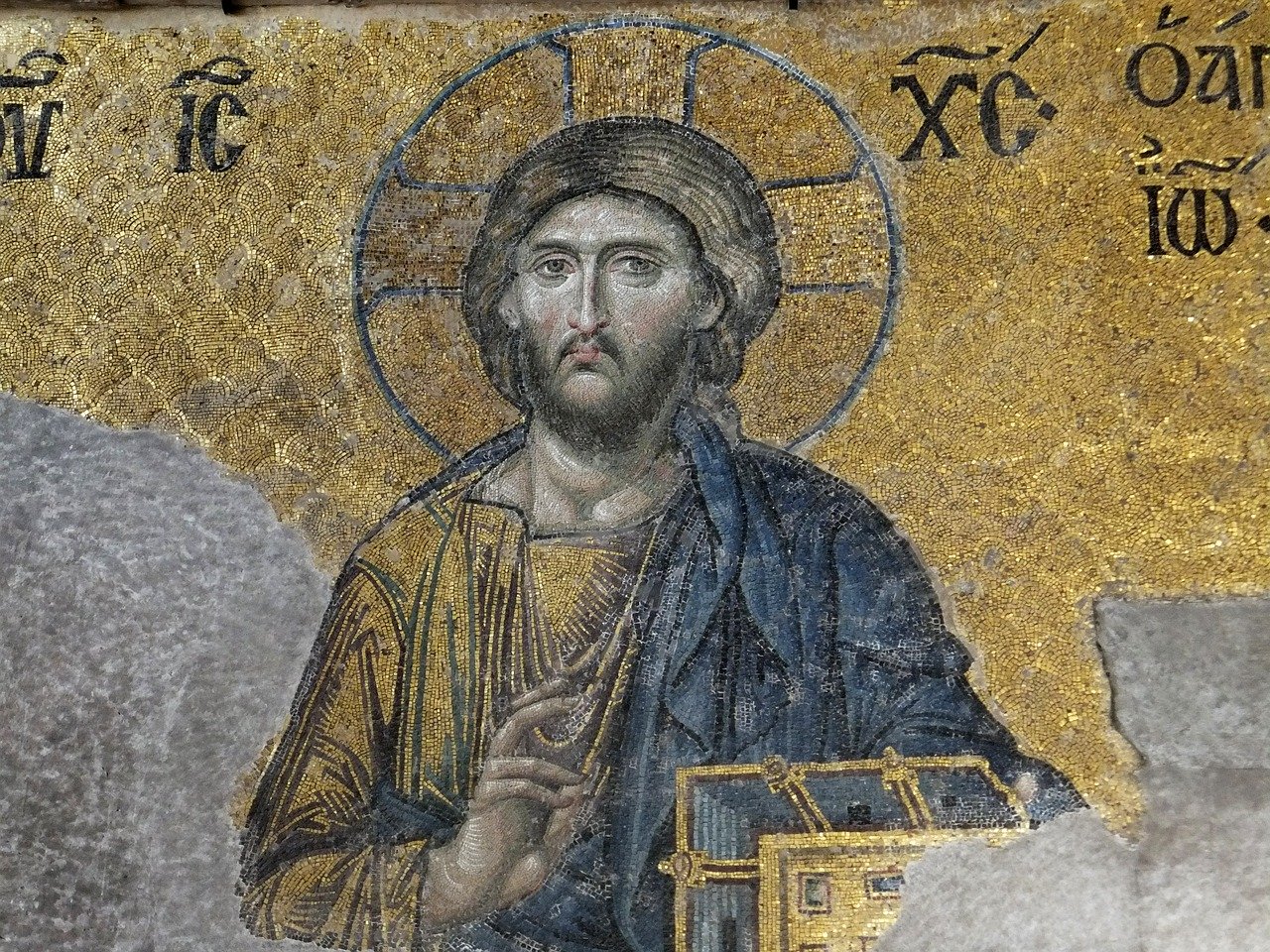
Greco-Latin Language
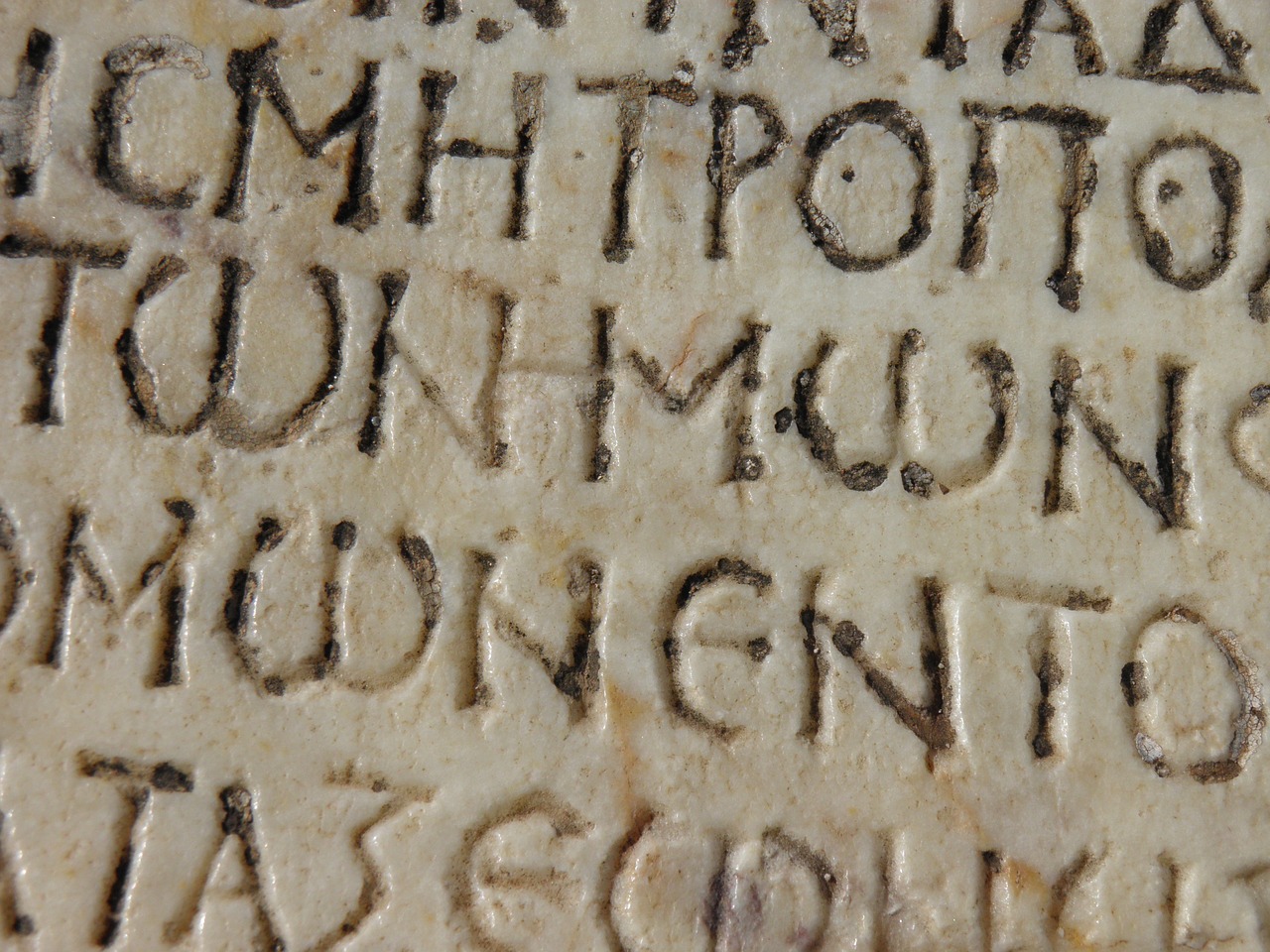
Ancient Athens and Rome
Greco-Latin became the international lexicon of scientific and medical vocabulary.
Notable literary works were written in ancient Greek, including texts on science and philosophy.
Greek words for scientific terms were adopted in English for mathematics, astronomy and athletics.
Roman law forms the basic framework for civil law, the most widely used legal system today and forms the basis for the law codes of most countries of continental Europe and derivative systems elsewhere.
Vatican city is the center of the Catholic Church where Latin is the most important language.
Latin is the source of terminology in biology, botany and zoology.
Christianity
Christianity was able to spread and flourish because the Eastern half of the Roman Empire was Hellenized.
The New Testament was written in Greek.
The Old Testament was also translated from Hebrew into Greek.
Greek was used to preach the Gospel of Christ throughout the Roman Empire.
Greek, was the common language spoken and written throughout the Hellenistic Period (323 - 31 BC), the Roman Empire (27 BC - 476 AD) and the Byzantine Empire (395 - 1453 AD).
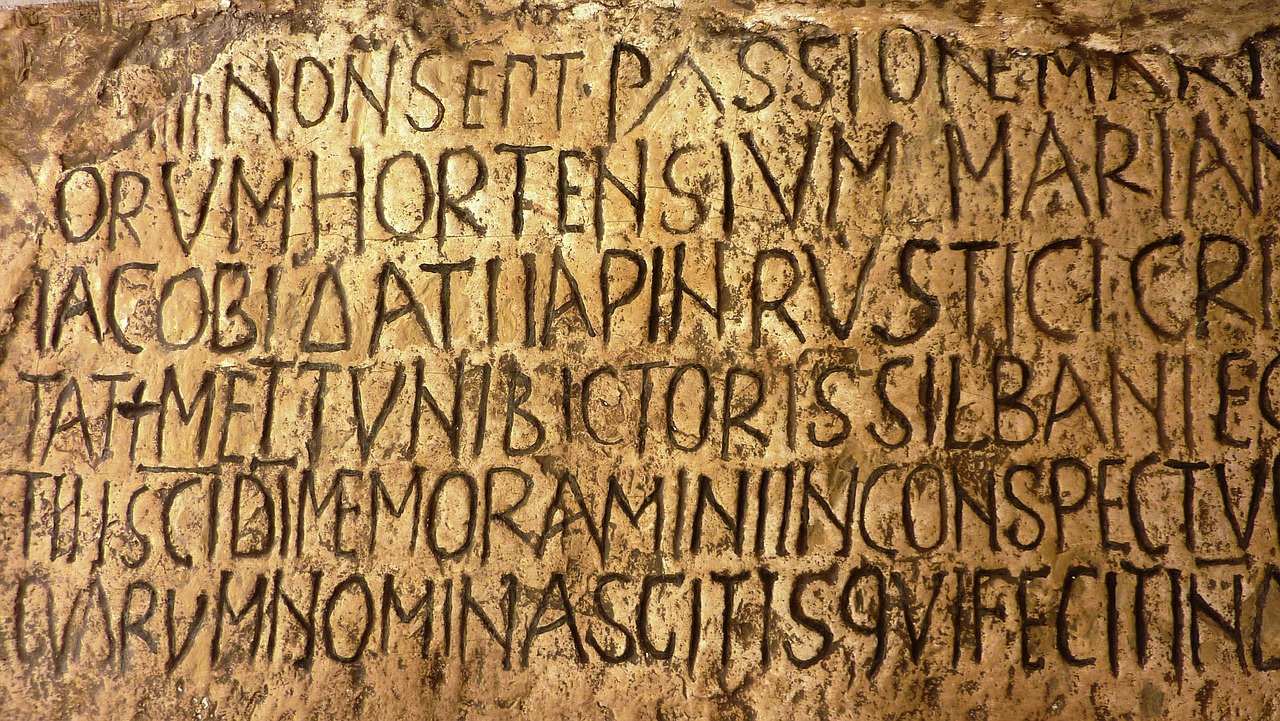
Ancient Athens and Rome
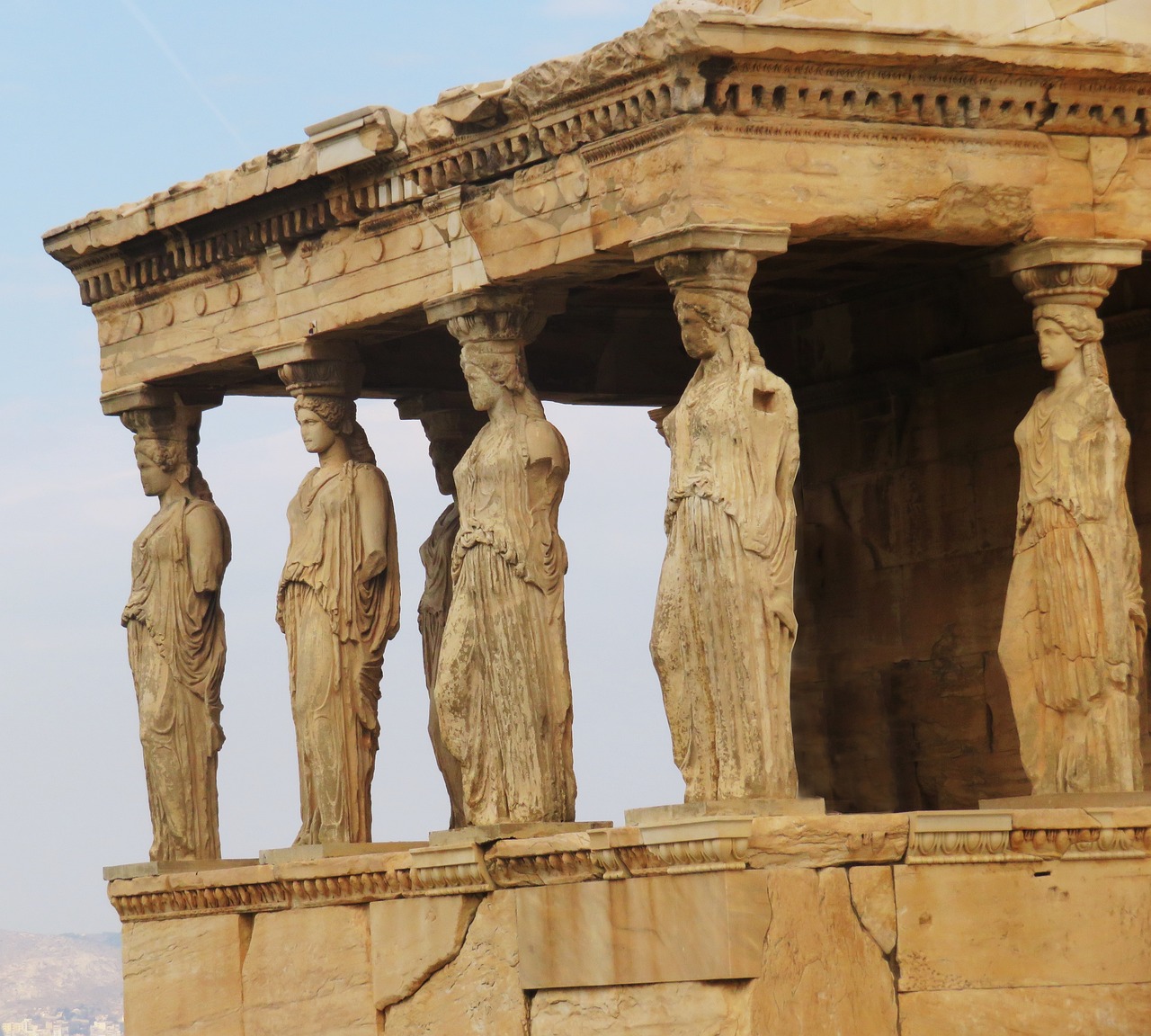
Classical Antiquity
Classical antiquity is the period of European cultural history between the 8th century BC and the 5th century AD comprising the civilizations of ancient Greece and Rome.
It began with the epic Greek poetry of Homer (8th–7th-century BC) and ends with the end of the Western Roman Empire in 476 AD - Rome's fall ended the ancient world and ushered in the Middle Ages.
Homer was the world's first great writer who composed the first two greatest epics in world literature, the Iliad and the Odyssey.
Classical antiquity helped to produce a revival during the 14th century through the Renaissance including various neo-classical revivals during the 18th and 19th centuries.
The Renaissance
The Renaissance was a period of cultural and artistic "rebirth" following the Middle Ages - it was an incredible time of beauty, creativity and curiosity - it re-created the cultural wealth of ancient Athens and Rome.
It started around 1350 to 1400 in Florence, Italy through its writers, painters, architects, and philosophers to transform the other Italian city-states such as Venice, Milan, Bologna, Ferrara and Rome.
The Renaissance was marked by a revival of Classical learning and wisdom and promoted the rediscovery of classical philosophy, literature and art and challenged established ways of thinking - it saw many contributions that included new scientific laws, new forms of art, literature and architecture, and new religious and political ideas.
Three outstanding figures that had a huge impact on the Renaissance were Leonardo da Vinci (1452-1519), Michelangelo (1475-1564), and Raphael (1483-1520).
During the 15th century, Renaissance ideas spread from Italy to France and throughout western and northern Europe.
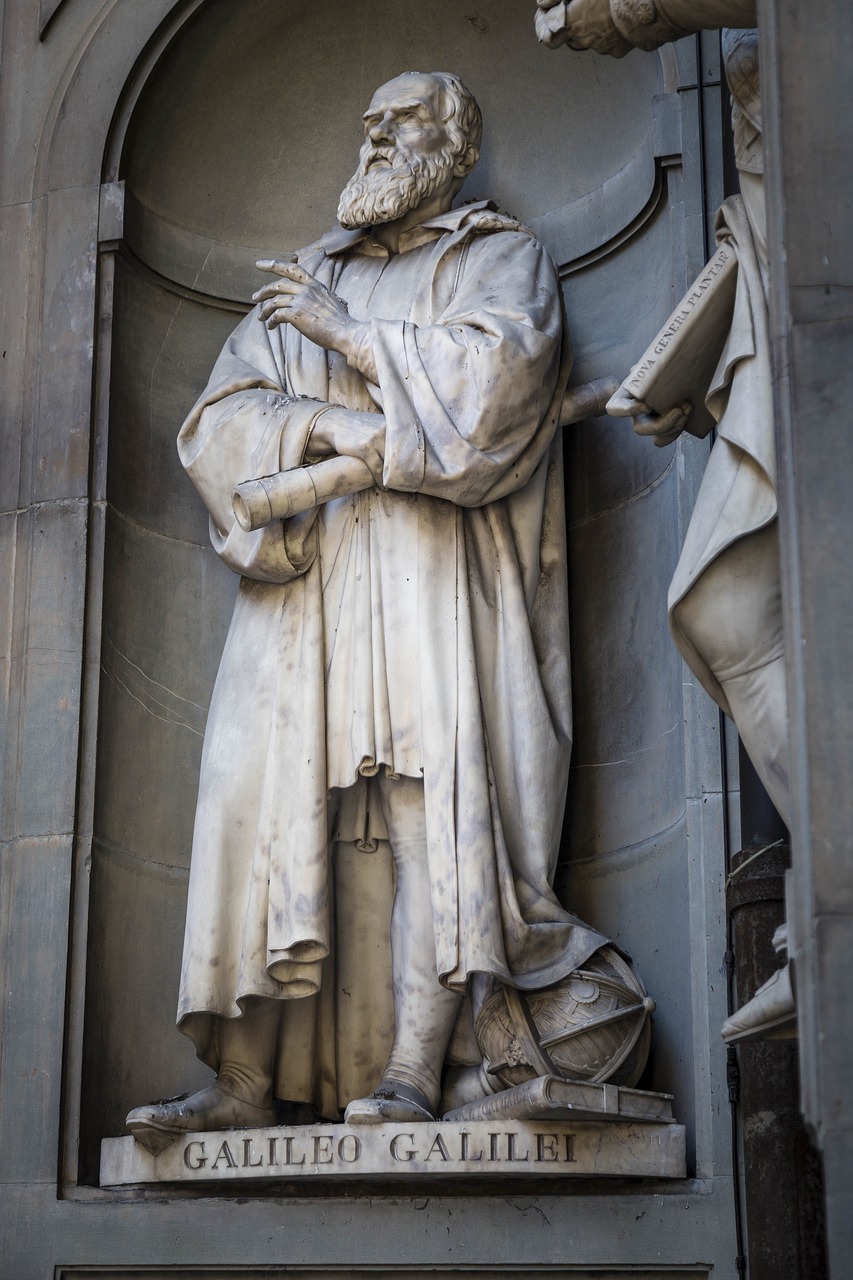
Founding of Athens
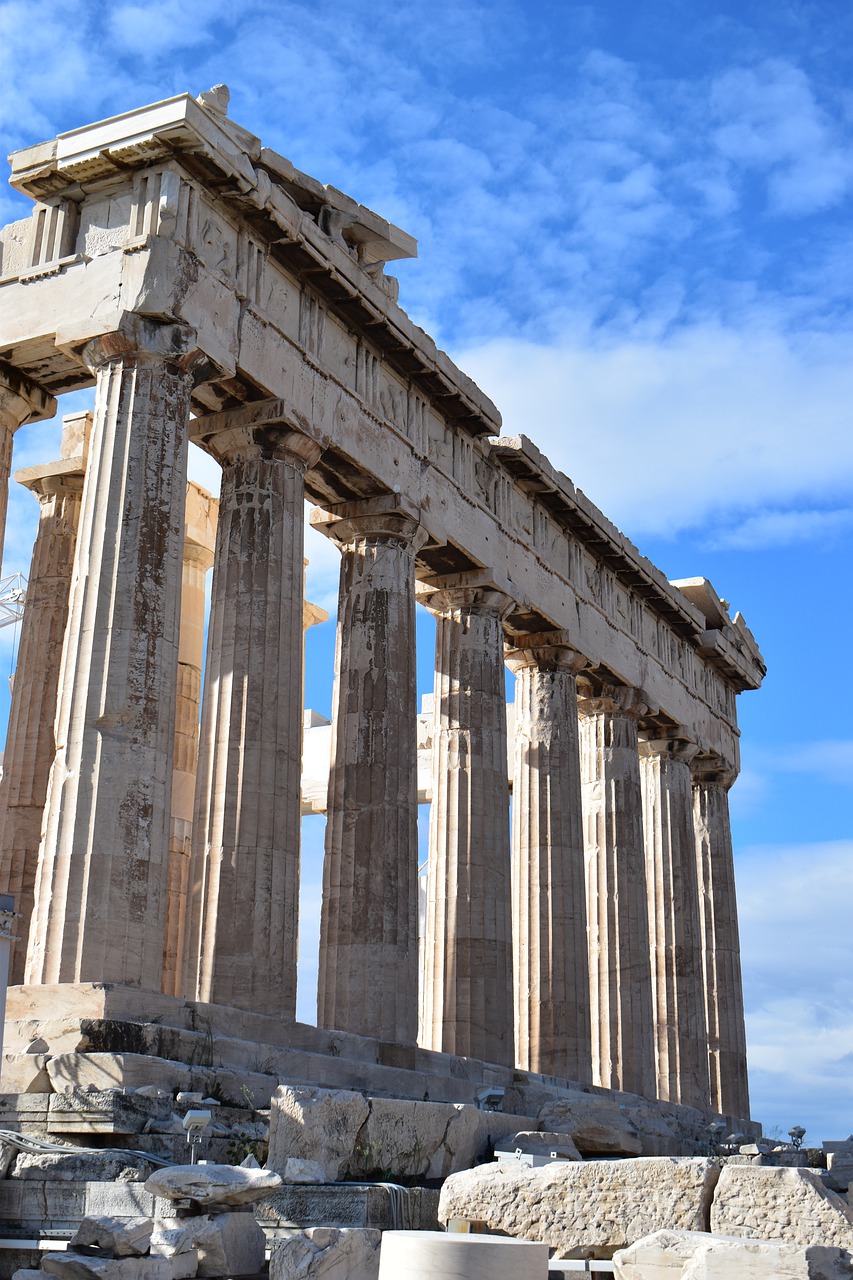
Ancient Athens and Rome
The first settlement of Athens was located around the Acropolis from evidence of pottery found there - its history is closely linked with this sacred rock that echoes the grandeur of this glorious and noble city.
By 1400 BC, the settlement had become an important center of the Mycenaean civilization spanning the period from approximately 1750 BC to 1050 BC.
The Mycenaean civilization represented the first advanced Greek civilization in mainland Greece with its impressive palatial buildings which influenced later Greek temples, urban organization and writing system.
Athens emerged as the dominant economic power in Greece around the late sixth century BC with the discovery of silver in the nearby mountains and through trade with the other Greek city-states - Ancient Greece was an amalgamation of city-states (also known as polis) who shared a common language, culture and religion but were very independent of each other.
Every Greek city-state governed itself, made its own laws and had its own army.
Athens and Sparta were two of these city-states.
Athens was known for its wisdom and beauty - architecture, sculpture, theater and philosophy became important in their society.
Athens also had a powerful navy - Themistocles (524 BC — 460 BC) an Athenian politician and naval strategist was the creator of Athenian sea power.
Sparta was known for its unequalled military power and valiant soldiers - they fought both foreign and neighboring adversaries.
The Spartans had a warrior culture - from these iron-hearted warriors comes the adjective - SPARTAN!
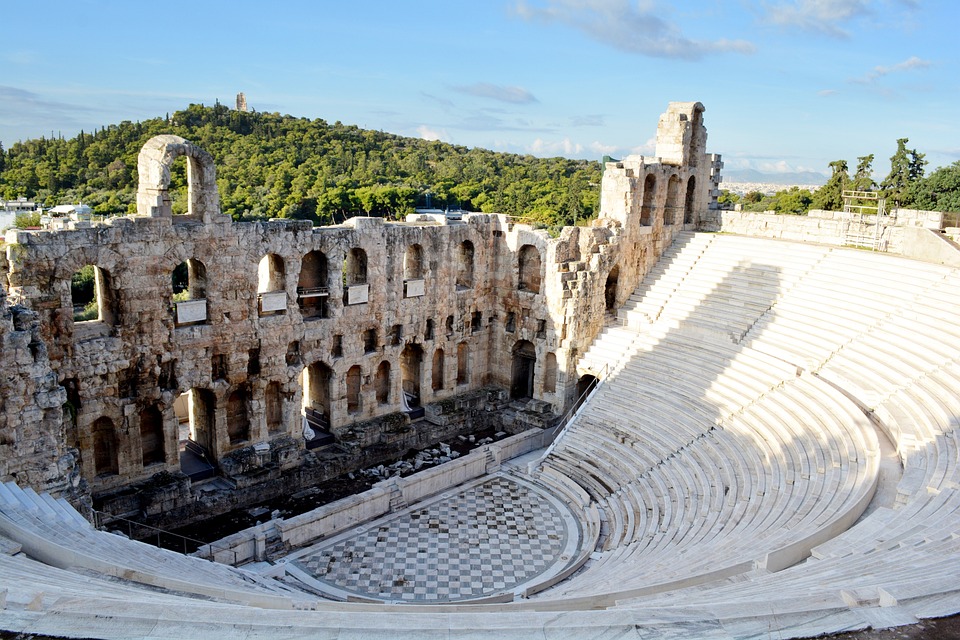
Facts about Ancient Athens
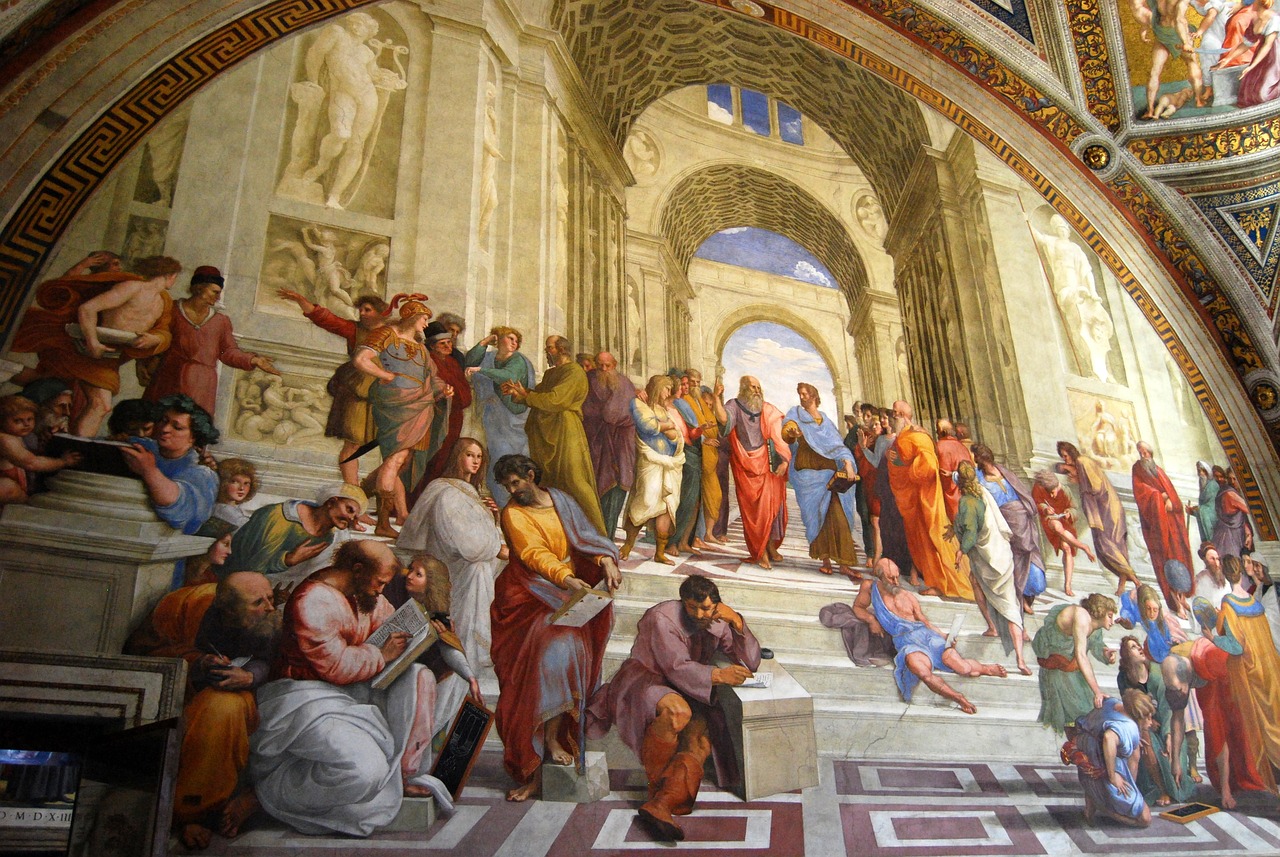
Ancient Athens and Rome
The Golden Age of Athens in the 5th century BC under the leadership of Pericles became the Classic City of democracy, higher learning, the arts, philosophy, literature, sculpture, science and mathematics.
Greek civilization was the first and most prominent ancient European civilization that was centuries ahead of the rest of the world where literature and theater became important aspects of Greek culture and they became known for their sophisticated sculpture and architecture.
The playwrights Aeschylus, Sophocles and Euripides all lived and worked in 5th-century BC Athens, as did the historians Herodotus and Thucydides, the physician Hippocrates and the philosophers Plato and Socrates.
The Parthenon on the Acropolis of Athens was constructed during the Golden Age and the statue of Zeus at Olympia and the statue of Athena in Athens were made by the sculptor Phidias.
New philosophical ideas emerged from brilliant philosophers, like Socrates, Plato, and Aristotle and plays by Aeschylus, Sophocles and Euripides were performed.
Wisdom was passed down from philosophers like Socrates, Aristotle and Plato and major contributions were made to math and science through Pythagoras, Euclid, and Archimedes we understand why ancient Athens became the first European Capital of Culture and the Cradle of Western Civilization.
Birthplace of Democracy
Athens is the birthplace of democracy because it valued liberty - in this democratic system, the greatest artistic, literary, architectural, scientific and philosophical achievements took place.
The Enlightenment of the 17th and 18th centuries introduced the idea that no ruler should have unlimited power to protect the rights of the citizens.
These European intellectuals considered the Ancient Greeks as the founders of Western Civilization and looked to leverage their early democratic ideals to transform western societies toward democratic values and institutions.
Theater
Ancient Athens was the center of theatrical productions with the first plays being performed in the Theater of Dionysus (god of wine-making) (Greek: Θέατρο του Διονύσου) below the Acropolis in Athens at the beginning of the 5th century.
Theater proved to be so popular that it soon spread all over Greece.
Most theaters in ancient Greece were able to hold more than 18,000 people.
The earliest drama by Aeschylus is Persae (the Persians) produced in 472 BC with none other than the young Pericles (Athenian statesman) as choregos (leader of a chorus or choir).
Drama was classified according to three different types or genres: comedy, tragedy and satyr plays.
Three of the most famous Greek playwrights are Aeschylus, Euripides and Sophocles.
Architecture
Ancient Athens and Rome
Upon and around the Acropolis are the remains of twenty one of the most impressive ancient buildings still standing including the Parthenon.
The Acropolis was formally proclaimed as the pre-eminent monument of the European Cultural Heritage List of monuments on March 26, 2007.
Ancient Greek temples from the 6th century BC until the 2nd century AD can still be found on mainland Greece, the Greek Islands as well as its former colonies such as Cyprus, Asia Minor, Sicily and Southern Italy ("Magna Graecia"), Libya, Egypt and wherever there were Greek colonies that established Greek culture.
Temples are the most iconic buildings the Ancient Greeks constructed - each temple was dedicated to a specific god within the pantheon.
There are three clearly defined column styles:
The Doric order, found throughout Greece, Sicily and Southern Italy.
The Ionic order, found in Greece and Asia Minor.
The Corinthian order was widely used during the Hellenistic period from the 1st century BC onwards and used extensively by Roman architects - Romans followed the style of architecture that had been established by ancient Greece.
Just about every city in the world today has examples of Greek architecture on important public buildings and even homes.
The most common features of Greek architecture are the Doric, Ionic, and Corinthian columns which hold up roofs and adorn facades in theaters, courthouses and government buildings across the globe.
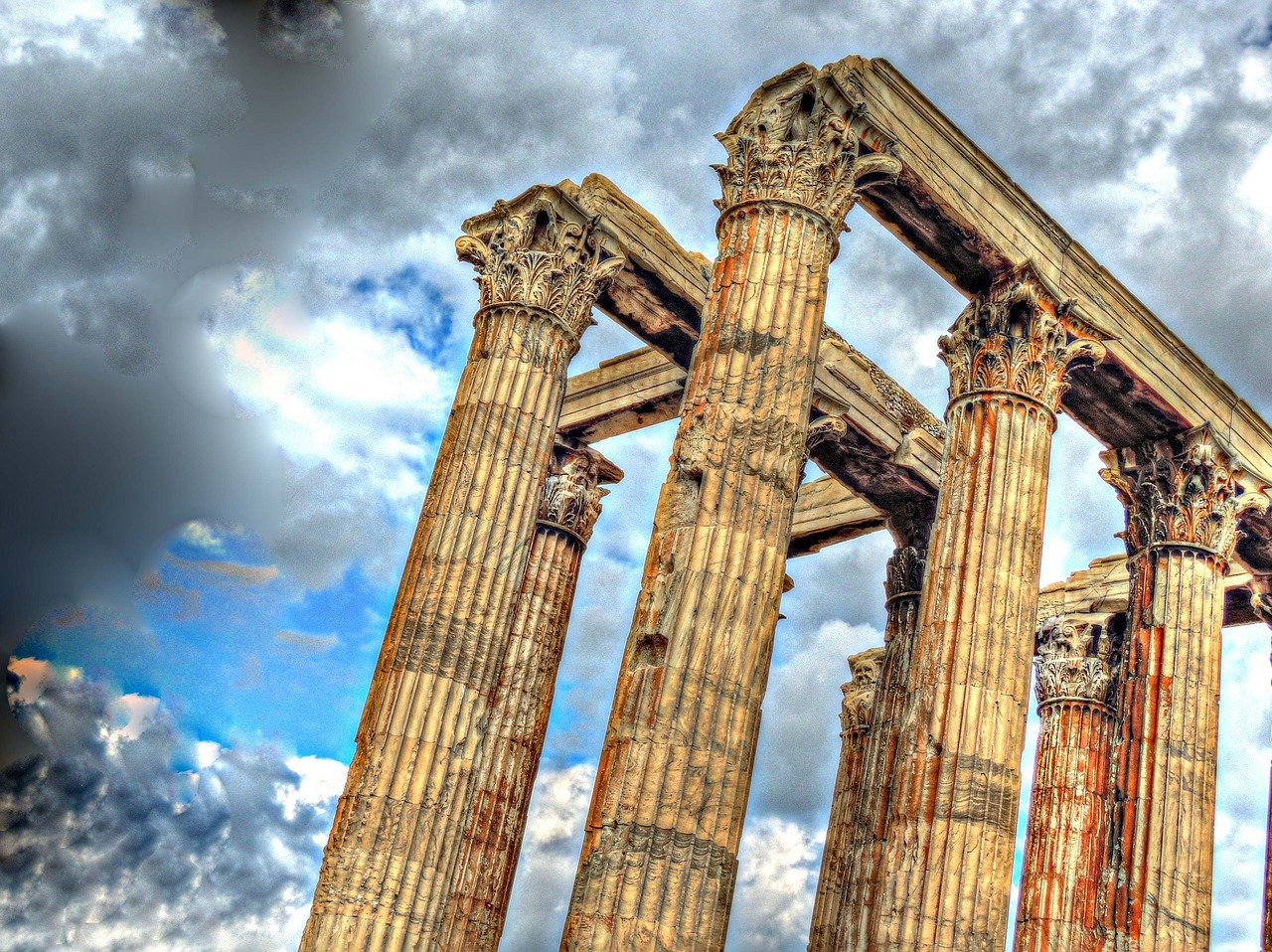
Epic Ancient Greek Battles
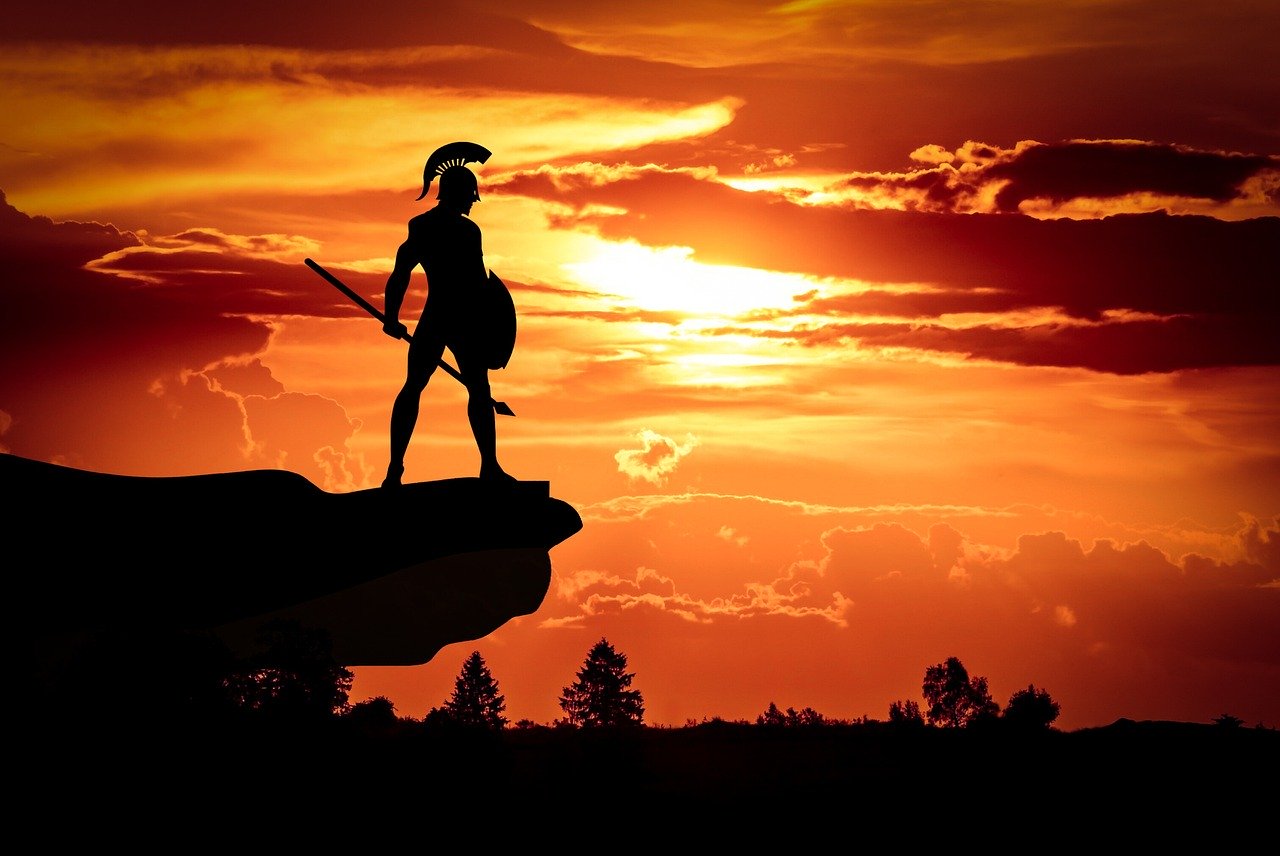
Ancient Athens and Rome
The Greco-Persian Wars are seen as defining moments in history.
Greek victory ensured the survival of ancient Greek intellectual and artistic culture, democracy and ultimately, the foundation of Western Civilization that followed.
Battle of Marathon
The Battle of Marathon was the first attempt by Persia to conquer Greece on September 9, 490-BC.
Athens, allied with Plataea confronted the Persian invaders at the seaside plain of Marathon, 26 miles northeast of Athens.
A Persian armada of 600 ships and about 30,000 infantry and calvary reached Euboea in mid-summer and besieged Eretria, then sailed for Attica (surrounding Athens), landing in the bay near the town of Marathon.
Led by Miltiades (550 - 489-BC), the Athenians mobilized 10,000 hoplite soldiers and a force of 1,000 Plataians to defend their territory.
Miltiades ordered the Greek hoplites to form a line equal in length to that of the Persians then ordered his soldiers to attack the Persians at a dead run.
In the midst of the battle, the middle of the outnumbered Greek line gave way to lure the Persians into the center so the flanks could surround the trapped Persians. The strategy was victorious causing the Persians to break in panic as the Greek army inflicted a crushing defeat.
The tale of the messenger, Pheidippides (Greek: Φειδιππίδης) running 26 miles (42 km) to Athens to deliver the news of the Persian defeat inspired the creation of the modern marathon run.
Battle of Salamis
The Battle of Salamis was a naval battle fought between an alliance of Greek city-states in September, 480-BC and was fought in the straits between the Athenian port-city of Piraeus and the island of Salamis in the Saronic Gulf near Athens.
The Greek navy had 371 triremes and pentekonters (smaller, fifty-oared ships).
The Persians had 1207 ships.
The Greek strategy was to lure the Persian fleet into the narrow waters around Salamis to negate their numerical advantage.
The larger and heavier Persian triremes became cramped into the gulf and struggled to maneuver quickly whereas the smaller and lighter Greek triremes were more manoeuverable.
The Greek triremes attacked first by ramming, sinking and boarding by Greeks on many Persian ships.
In twelve hours, the Greek fleet scored a decisive victory and forced the Persian naval forces to flee.
Greek Impact on Rome (146 BC – 324 AD)
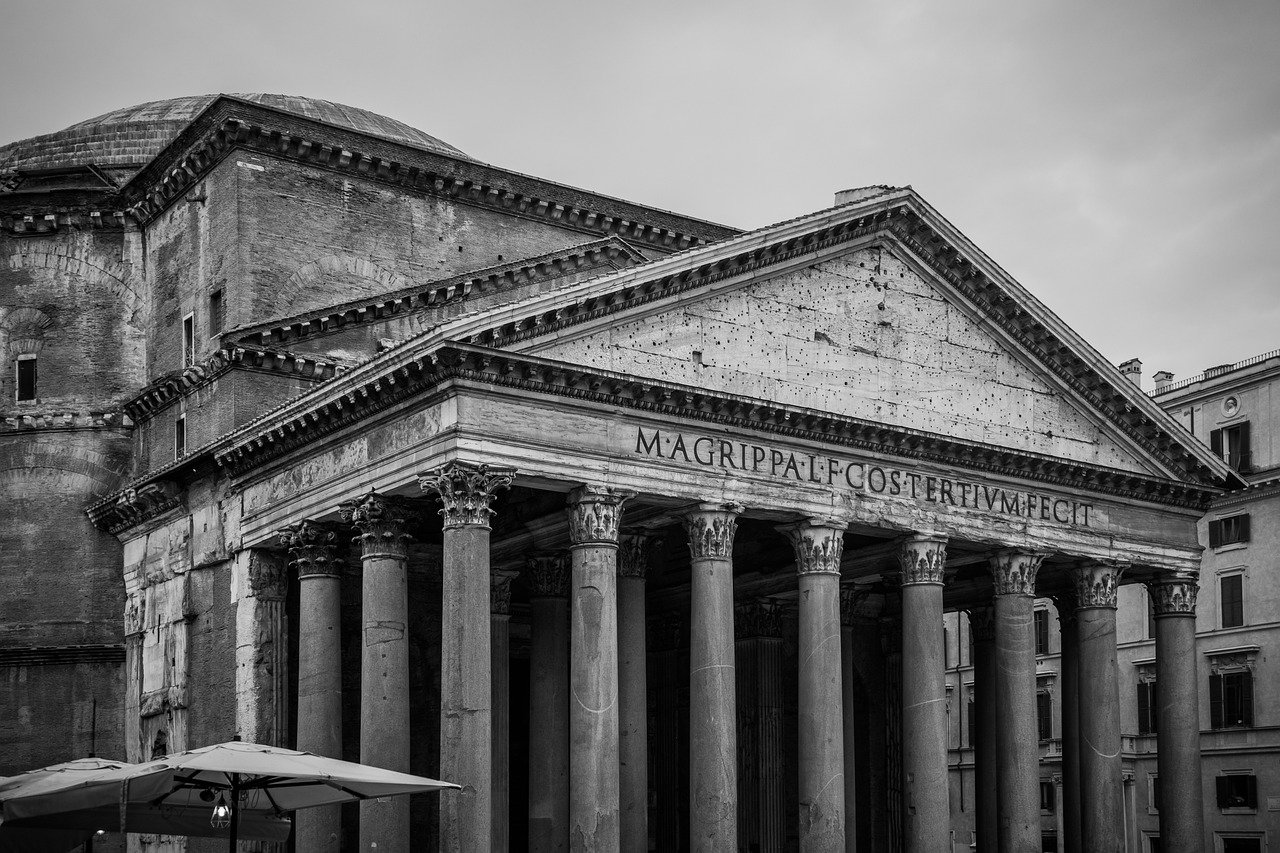
Ancient Athens and Rome
In the 2nd century BC (146 BC), Greece was conquered by the Roman Republic and came under its control until 324 AD.
Greek culture continued to flourish throughout its 500 years of Roman rule.
Roman culture was built upon the remnants of the much older Greek civilization - they had already been exposed to Greek culture from its earliest inception from the ancient Greek colonies in Southern Italy (22 Greek colonies) and Sicily (46 Greek colonies).
The Romans emulated the Greek masters, the Greek styles and themes into their own culture.
Educated and wealthy Romans spoke and wrote in Greek for diplomatic communication because it was the common language of the world at that time.
They desired works of art that evoked Greek culture.
In the last century BC it was a must for wealthy Romans to study in Athens or Rhodes Island - Cicero, Julius Caesar and Marc Antony are examples of Romans who frequented schools of philosophy.
Ancient Greeks influenced Roman military tactics - the Roman legion was an adapted version of the Greek phalanx which presented a shield wall and a mass of spear points to the enemy.
Romans adopted and renamed the ancient Hellenic gods and myths surrounding them and adapted them to meet the specific needs of Roman deities and mythology.
Ancient Rome
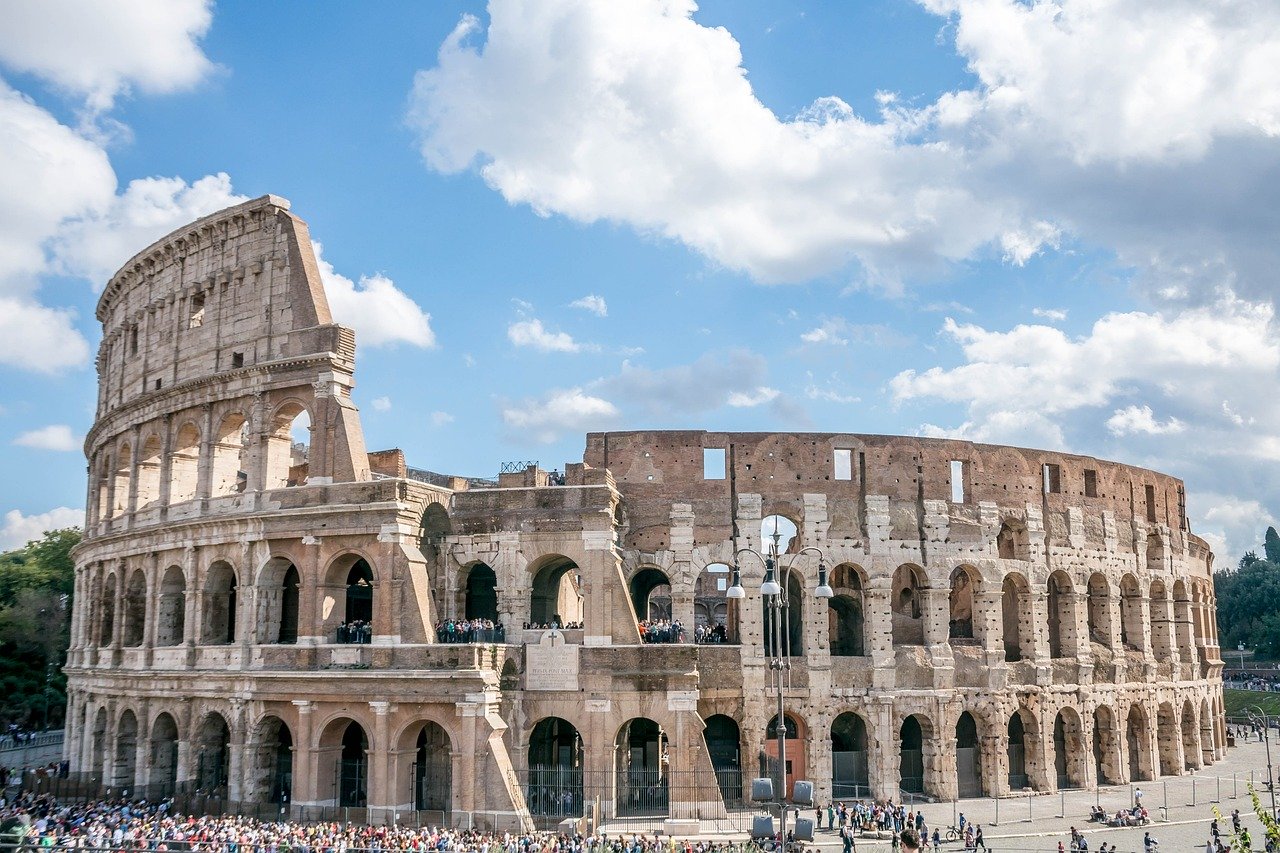
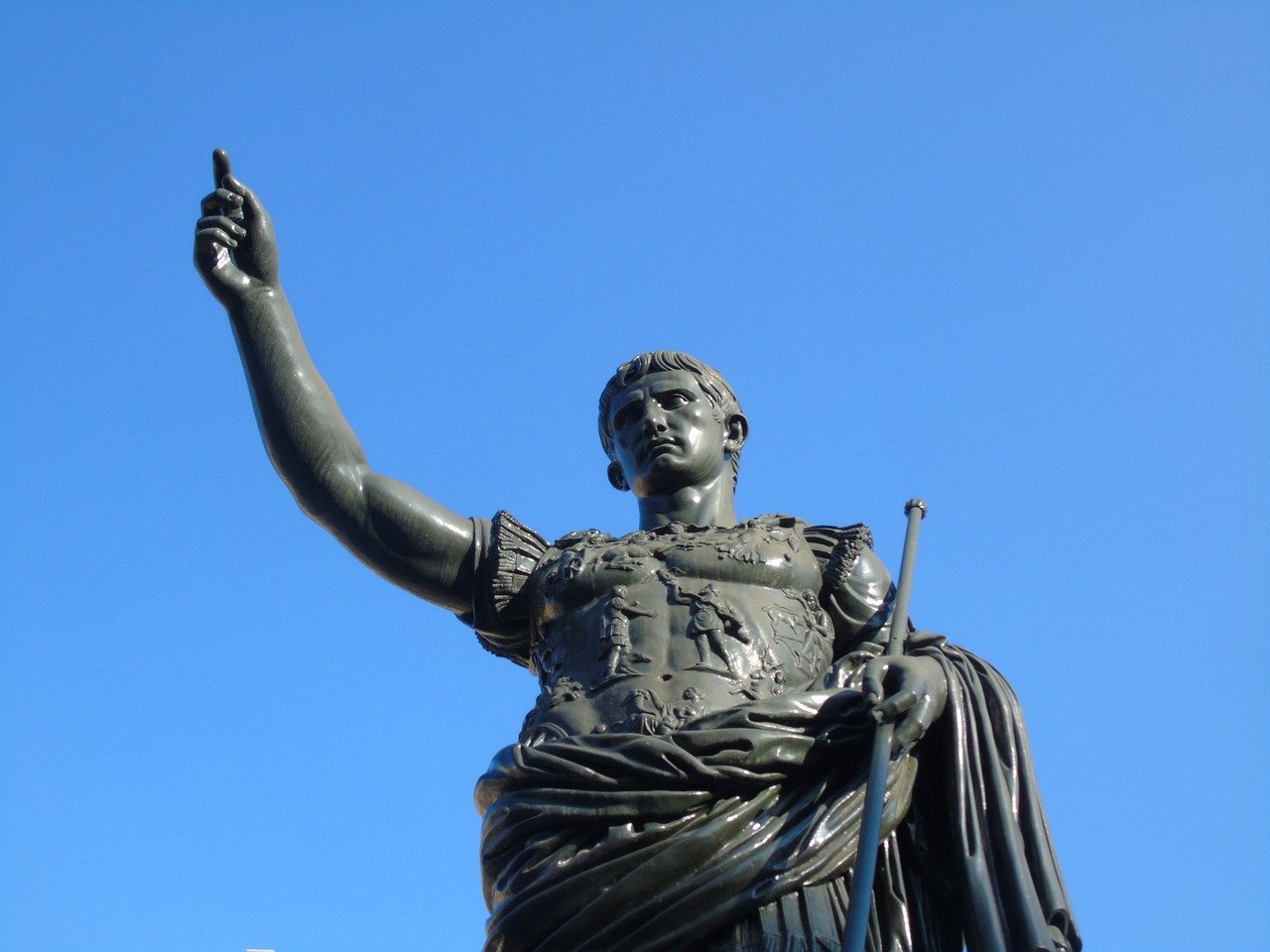
Ancient Athens and Rome
Ancient Rome encompasses the founding of the Italian city of Rome:
It began as an Italic settlement, traditionally dated to 753 BC, beside the River Tiber in the Italian Peninsula - it was named in honor of its fabled founder, Romulus.
*The Roman Kingdom (753–509 BC)
The regal period of ancient Rome ruled by kings began with the city's founding in 753 BC with settlements around the Palatine Hill along the river Tiber in central Italy.
It ended with the overthrow of the kings and the establishment of the Republic in 509 BC.
*Roman Republic (509–27 BC)
The city-state of Rome existed as a republican government (from 509 BC to 27 BC).
Economic problems, corruption, crime, private armies and the rise of Julius Caesar as dictator all led to the eventual fall of the Roman Republic in 27 BC.
*Roman Empire (27 BC– 395 AD)
The Roman empire was the largest empire in the ancient world, covering around 5 million square kilometres (1.9 million square miles) in AD 117, with an estimated 50 to 90 million inhabitants, roughly 20% of the world's population during that period.
*Collapse of the Western Roman Empire in the 5th century AD
In 476, the Germanic barbarian king Odoacer deposed the last emperor of the Western Roman Empire in Italy, Romulus Augustulus, and the Senate sent the imperial insignia to the Eastern Roman Emperor Zeno.
Golden Age of Rome
Ancient Athens and Rome
The Golden Age of Rome is dated with the accession of Augustus, founder of the Roman principate, in 27 BC and concluding in AD 180 with the death of Marcus Aurelius, the last of the "Five Good Emperors".
Augustus' rule (27 BC- 14 BC) started a two-hundred year long Golden Ageknown as Pax Romana meaning “Roman Peace” in Latin and is used to identify the years 27 BC- 180 AD during which there were fewer wars than in any other period in Rome's history.
Scipio Africanus
Publius Cornelius Scipio Africanus (236/235 – 183 BC) was a Roman general, statesman and one of the main architects of Rome's victory against Carthage in the Second Punic War.
Regarded as one of the greatest military commanders of all time, his greatest military achievement was the defeat of Hannibal at the Battle of Zama in 202 BC that earned him the name, Africanus ("the African") - conqueror of Africa.
Julius Caesar
Julius Caesar was born on July 12 or 13 in Rome, Italy, 100 BC, and passed away there in March of 44 BC was a famous Roman commander and politician, the ruler of Gaul, the winner of the civil war of 49–45 BC and the tyrant (46–44 BC)
Julius Caesar transformed Rome from a republic to an empire, grabbing power through ambitious political reforms.
He was also famous for his relationship with Cleopatra.
Augustus
Ancient Athens and Rome
Caesar Augustus (Reign: 27 BC to 14 AD)
Gaius Julius Caesar Augustus (23 September 63 BC – 19 August AD 14), also known as Octavian, was the founder of the Roman Empire who reigned as the first Roman emperor from 27 BC until his death in AD 14 - he is often seen by historians as the greatest Roman emperor.
The reign of Augustus created an imperial cult as well as an era of imperial peace (the Pax Romana or Pax Augusta) in which the Roman world was largely free of armed conflict.
The Principate system of government was established during his reign and lasted until the Crisis of the Third Century.
Augustus brought peace (“Pax Romana”) to the Greco-Roman world.
In 27 BC he nominally restored the republic of Rome and instituted a series of constitutional and financial reforms that culminated in the birth of the principate.
Augustus Caesar was the first emperor of the Roman Empire whose wealth was valued at an estimate of $4.6 trillion in today's dollars.
Augustus died in AD 14 - his reported last words to his subjects, he said, “I found Rome of clay; I leave it to you of marble,”
To the friends who had stayed with him in his rise to power he added, “Have I played the part well?
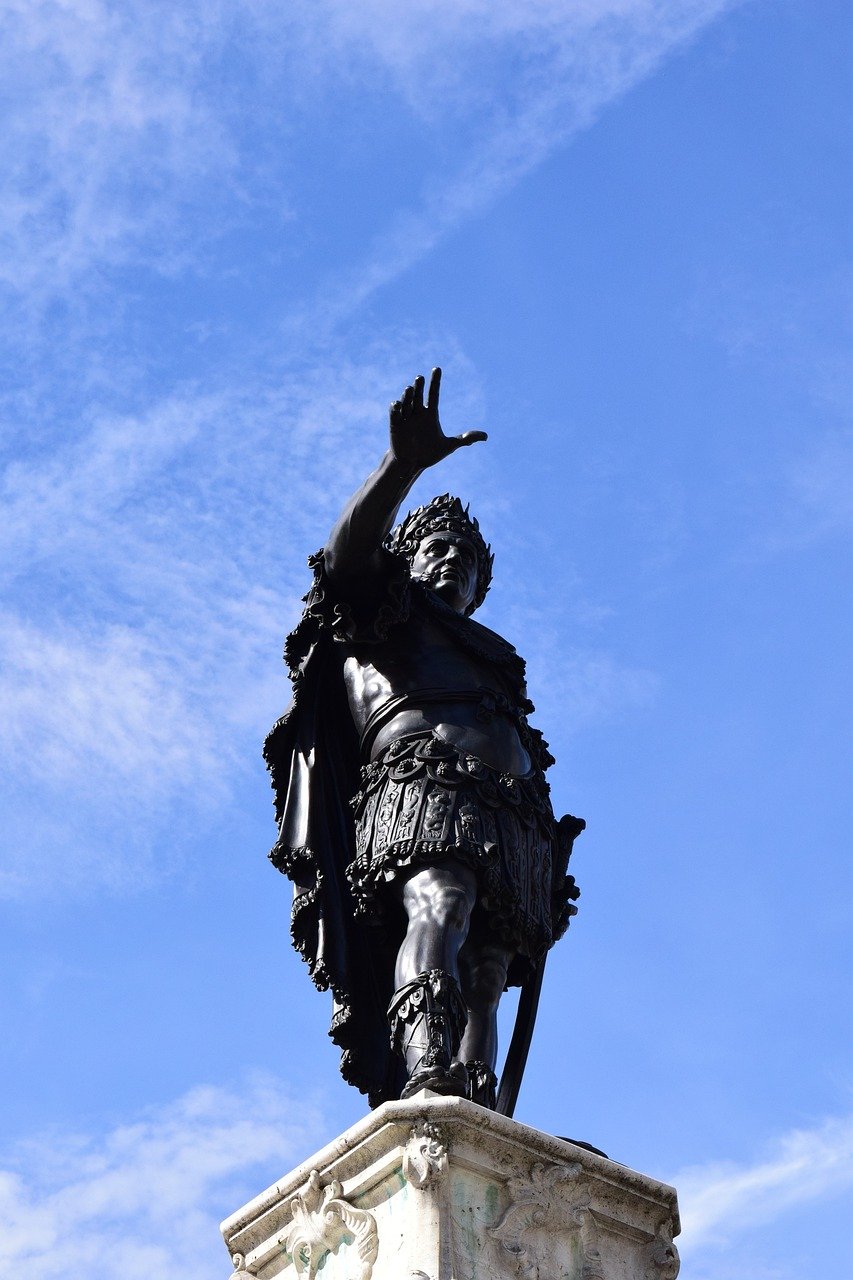
Newsletter Opt-in-Form
The Keen Traveler
Your second block of text...
Recent Articles
-
Beauty of Christmas
Dec 11, 25 04:22 AM
The beauty of Christmas is the celebration of the real Christmas Story with the Birth of Jesus Christ, the Son of God, Who came to bring love, hope, and salvation to the world. -
Spiritual Treasures of Life
Nov 26, 25 04:44 AM
Spiritual treasures of life are internal riches that are more valuable and everlasting than material wealth. -
Teachings of Jesus Christ
Oct 14, 25 05:45 AM
The Teachings of Jesus Christ have fascinated people for centuries with their powerful Message of love and hope that have stood the test of time.


